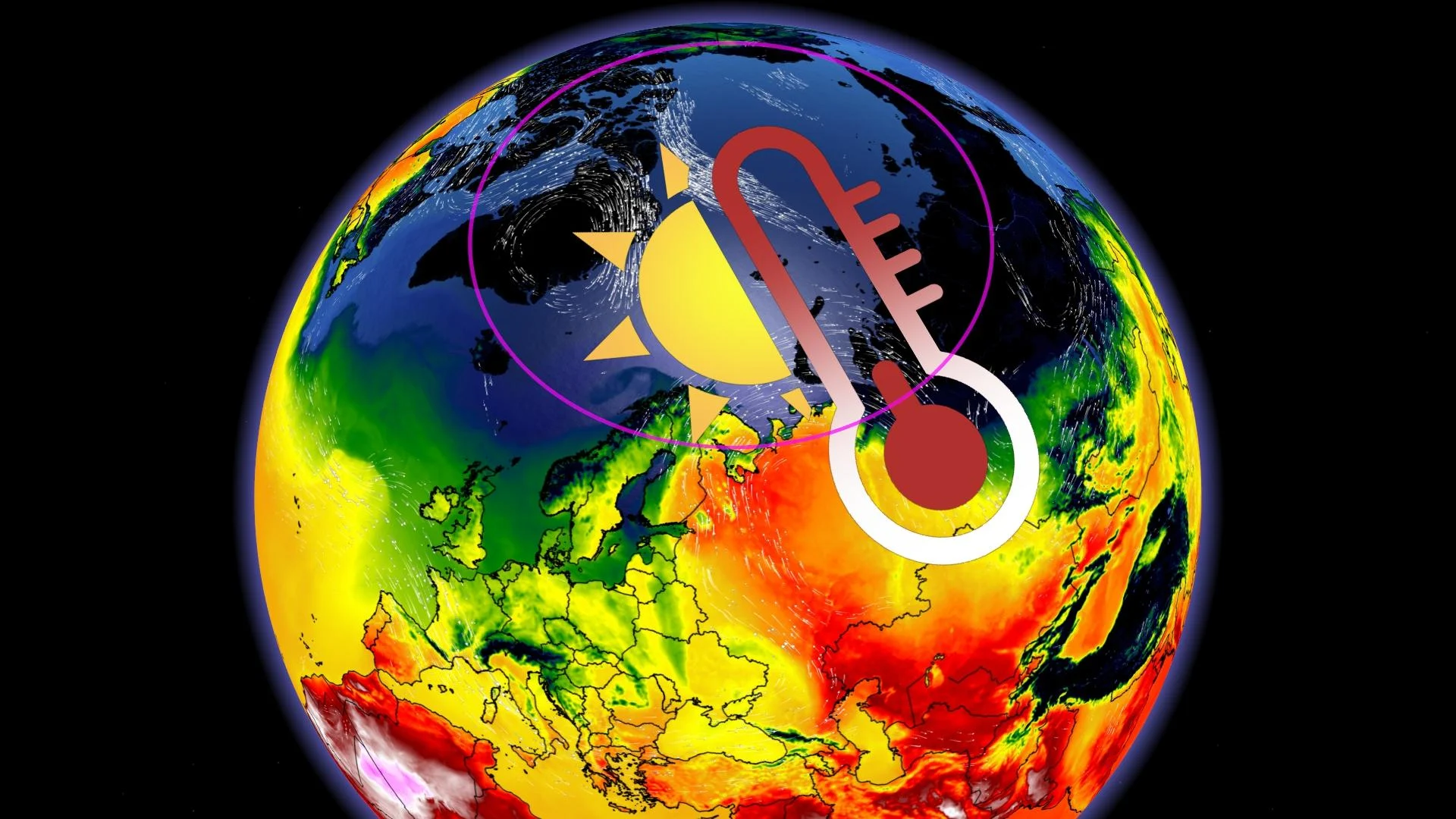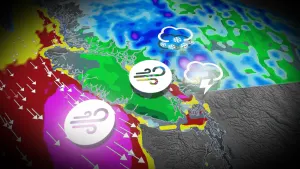
A bold Jet Stream ushers in extreme Russian heat
Parts of Russia, even in the country's Arctic, are hotter than Europe this week. What's behind the extremes?
Temperatures upwards of 30°C aren’t beyond the pale in Europe in May –– but they're definitely out of place in parts of northern Russia that have been hitting that threshold this week, including on the doorstep of the Arctic. And it's largely thanks to a quirk of the Jet Stream.
A Jet Stream that brings extremes represents what we call a meridional pattern. An upper level wind stream that is more wavy in nature and has lots of ups and downs. These are better known as troughs and ridges.
The current pattern over the northern hemisphere is somewhat extreme for its type. As a result, a large ridge of high pressure has set up over parts of the Middle East and Russia, and a huge bump in temperatures has been reported.
Nizhnyaya Pesha, in the northern part of European Russia slightly north of 66 degrees latitude, recorded an impressive temperature of 30.3°C or 86.5°F on Wednesday, May 19th.

CONTINENTALITY, EXPLAINED
Extremes happen more regularly over land masses like Russia or Canada, a phenomenon we call ‘continentality.’ Essentially, inland areas heat and cool more rapidly than coastal areas, which tend to experience fewer temperature extremes. Wednesday’s reading in Russia, however, is VERY extreme –– around 20-24 degrees warmer than seasonal norms for that part of the country. The flipside is that parts of Russia in the winter season also see major dips and dives when it comes to their temperatures.
What’s extra interesting about Wednesday’s temperature extreme is that the location where it was recorded sits very close to the Barents Sea, which would normally have a moderating effect on temperatures as we explained above. That being said, southern parts of Russia have also seen several days of mid to upper 30’s this week.
While one part of the world is getting warmer weather, another part of the globe could be getting the exact opposite conditions.
You can best think about the Jet Stream as a rope –– if you tug on the rope, you end up with wavy patterns. Which side of the ‘rope’ you are on will dictate your temperatures and your weather precipitation patterns.

GLOBAL WARMING, THE CLIMATE CONNECTION
We know that we are in a time of a warming climate across the Earth, and these kind of extreme temperature events have people quick to blame climate change, and they may be correct. One important thing to note, however, is that we cannot take a single-day weather event like this daily temperature extreme, and link it to a global connection like climate change. Think of it as one more piece of evidence that we can gather to input into models that can better understand and predict climate change.










